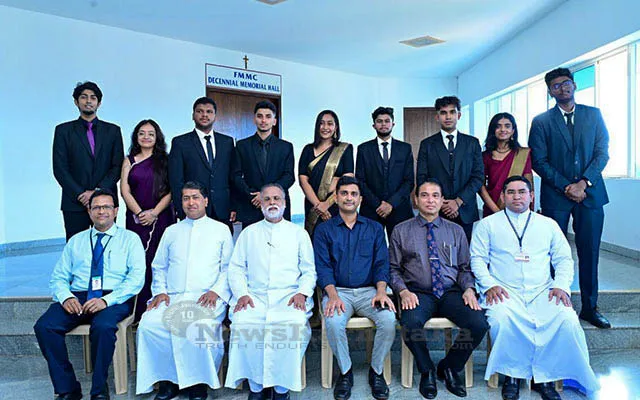 New Delhi: India has successfully achieved the target of 25 per cent reduction in visual impairment, the latest National Blindness and Visual Impairment Survey 2015-2019 has revealed.
New Delhi: India has successfully achieved the target of 25 per cent reduction in visual impairment, the latest National Blindness and Visual Impairment Survey 2015-2019 has revealed.
The WHO Global Action Plan for Universal Eye Health 2014-2019 targeted a reduction in the prevalence of visual impairment by 25 per cent by 2019 from the baseline level of 2010.
The current survey shows a reduction of 47.1 per cent in blindness, 52.6 per cent in moderate-severe visual impairment (MSVI) and 51.9 per cent in visual impairment (VI) compared to the baseline levels. This is way above the estimates that WHO had set in 2010 and shows that India has successfully achieved the target of 25 per cent reduction in visual impairment
The survey was conducted in order to provide evidence about the present status of blindness and visual impairment in India. It was planned by the Union Ministry of Health and Family Welfare. Delhi’s Dr Rajendra Prasad Centre for Ophthalmic Sciences at AIIMS was responsible for planning and executing the fieldwork, monitoring, analysis and report writing of the survey. The survey was conducted in partnership with various reputed eye health institutes of the country.
The estimated prevalence in the overall population of the blind was 0.36 per cent, severe visual impairment was 0.35 per cent, MSVI was 1.84 per cent, early visual impairment was 2.92 per cent. Estimated moderate-severe visual impairment in overall population was 2.19 per cent and that of visual impairment was 2.55 per cent. The estimated prevalence of pinhole blindness in overall population of India was 0.32 per cent.
Over the years, the prevalence of blindness among over the 50-year-olds has reduced considerably. Blindness has reduced from 5.3 per cent in 2001 to 3.60 per cent in 2007 to 1.99 per cent in the current survey. Visual impairment has reduced from 32.3 per cent in 2001 to 24.8 per cent in 2007 to 13.73 per cent in the current survey in the population above 50 years.
Cataract, however, continues to be the major cause of blindness and is responsible for 66.2 per cent of blindness, says the survey. Refractive error was the most important cause of visual impairment and the second important cause of blindness in 2001, but the current survey showed that refractive error is not an important cause of blindness now. Corneal blindness emerged as the second important cause of blindness. Besides this, the proportion of blindness due to complications of cataract surgery has also increased.
According to the survey, the prevalence of blindness and visual impairment was lowest in Thrissur district (Kerala) and in Thoubal district (Manipur) respectively. Bijnor district (Uttar Pradesh) had the highest prevalence of both blindness and visual impairment.
The maximum prevalence of blindness was seen in 80+ age group (11.6 per cent), followed by 70-79 age group (4.1 per cent), 60-69 age group (1.6 per cent) and 50-59 age group (0.5 per cent).
Blindness was higher among the illiterate (3.23 per cent) compared to the literate population. It was only 0.43 per cent among 10th pass and above.
Blindness was more prevalent in the rural population as compared to the urban population at 2.14 per cent versus 1.80 per cent, said the survey.
The survey in the population aged 0-49 years showed that the prevalence of visual impairment was 4.43 per thousand and blindness was 0.52 per thousand in the 0-49 year age group.


















